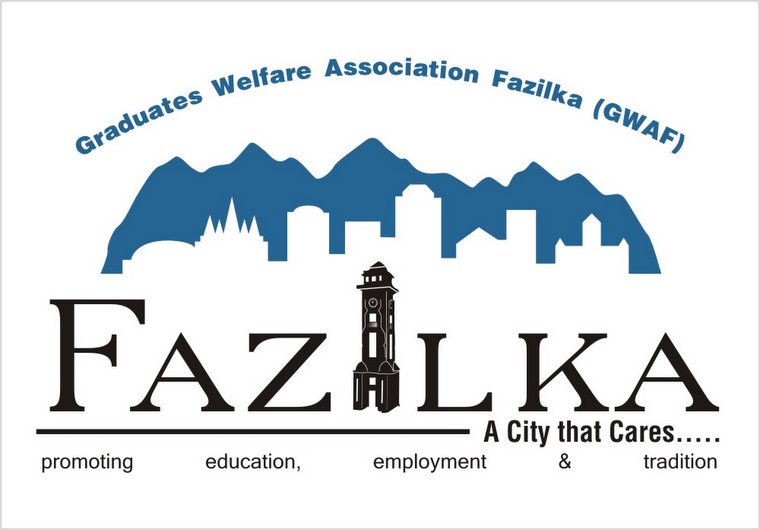Attention, drivers: You might want to think twice before flipping the bird at that morning cycling group for slowing down your commute. In fact, you should probably thank them.
A study published in the April issue of Accident Analysis & Prevention suggests that more bikes make roads safer for cyclists and motorists — a finding that could have national implications as more and more Americans hop on two wheels. "Improving the streets to better accommodate bicycles may enhance safety for everyone," said Wesley Marshall, an assistant professor of civil engineering at the University of Colorado Denver and co-author of the study.
Marshall and other CU Denver researchers honed in on the city of Boulder, where 12 percent of residents ride bikes, one of the highest rates in the country. Their goal? To create a safety performance function (SPF) for the city's bikes — a mathematical model of the relationship between the frequency of crashes and the major factors related to them — that could inform traffic safety laws and infrastructure. (SPFs exist in a number of cities for vehicles, but not for bikes.)
The researchers focused on the intersections throughout Boulder, where more than two-thirds of crashes occur between drivers and cyclists. They compared collision data from police reports to city data on the number of bikes wheeling through the intersections each day.
Their findings? The chance of collision actually decreased with more cyclists. Specifically, intersections that saw more than 200 bicycles a day had "the largest safety benefits," Marshall said.
The number of people who pedal to work in the U.S. jumped 60 percent over the last decade.
The reasons for the trend aren't entirely clear — yet. Marshall and his colleagues think it could be due to "safety in numbers," the theory — and common Mom refrain — that being part of a large group makes you less likely to be part of a collision or other mishap. A group of bicyclists tends to be easier to spot than lone individuals, alerting drivers who are then more likely to take extra precautions. Indeed, earlier studies proposed that when drivers expect to encounter a large number of cyclists, they're more apt to glance over their shoulder before making a right turn, for example.
Or there's the possibility that cyclists simply gravitate toward safer streets. The team plans to unravel the underlying causes in future studies.
Although the researchers' SPF applies only to Boulder, their method for creating the model "can and should be applied and tested everywhere," especially amid today's biking boom, they wrote. The number of people who pedal to work in the U.S. jumped 60 percent over the last decade, according to the Census Bureau.
The study doesn't prove that more bikes are directly responsible for safer streets, but there does appear to be a link. And there's one strategy for boosting ridership — and hopefully road safety as well: creating protected bike lanes. A recent National Institute for Transportation and Communities study of bike lanes in Portland, San Francisco, Austin, Chicago and Washington, D.C. found that ridership increased an average of 75 percent within a year of installing such lanes. Pedal on.
Source: Ozy
NB: Press Cutting Service
This article is culled from daily press coverage from around the world. It is posted on the Urban Gateway by way of keeping all users informed about matters of interest. The opinion expressed in this article is that of the author and in no way reflects the opinion of UN-Habitat


No comments:
Post a Comment